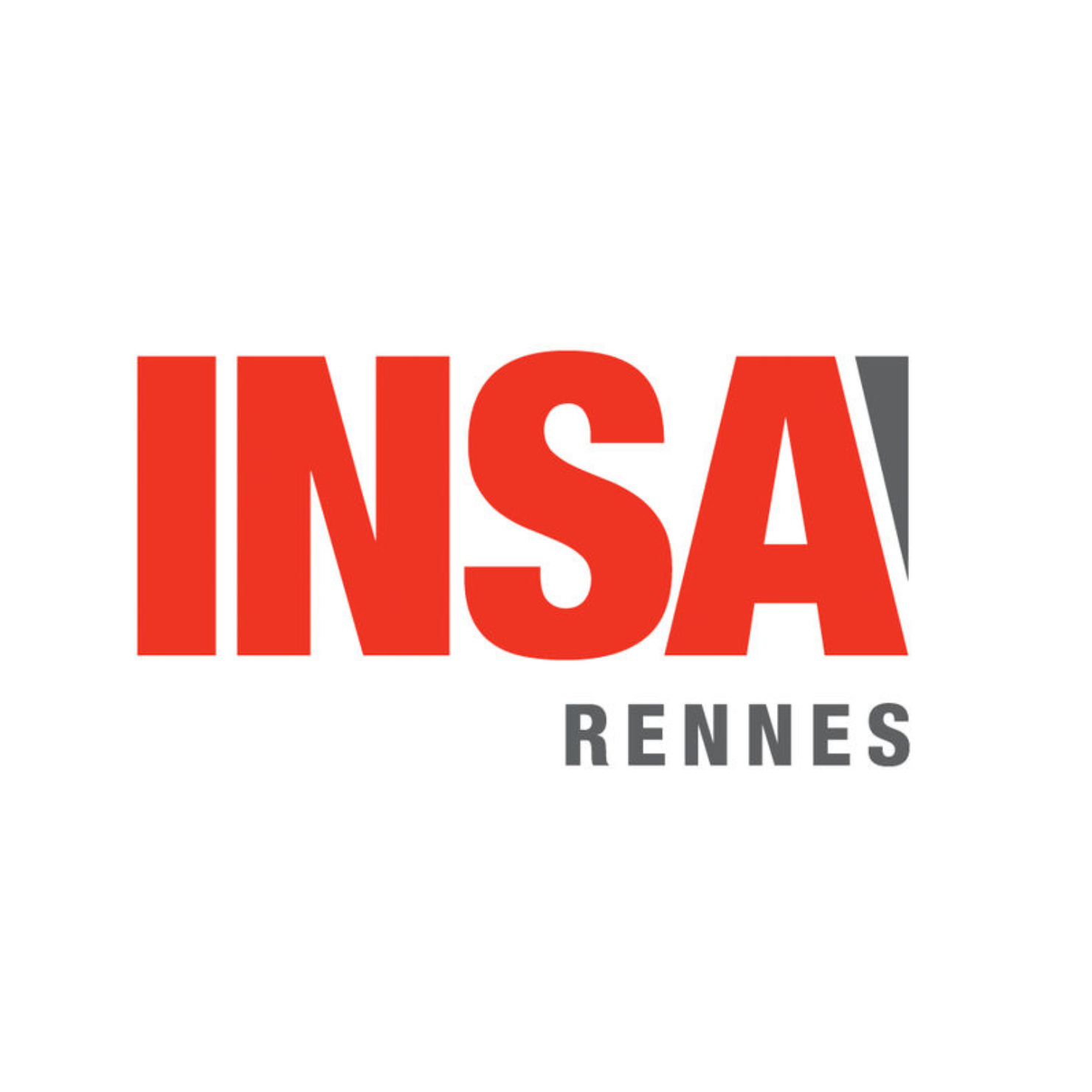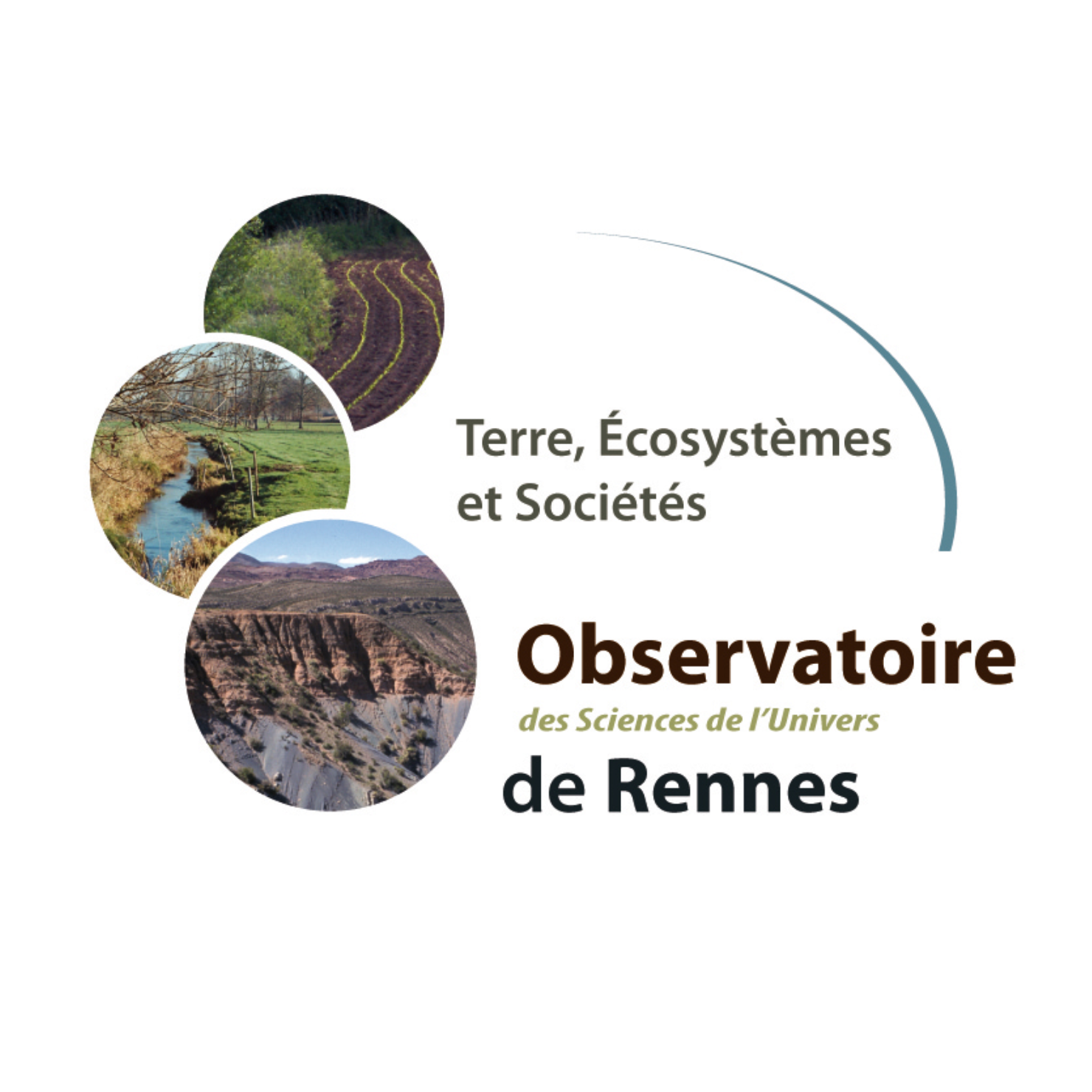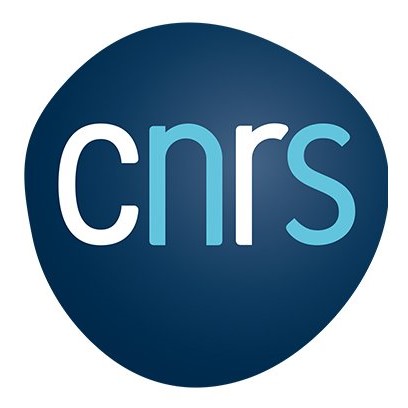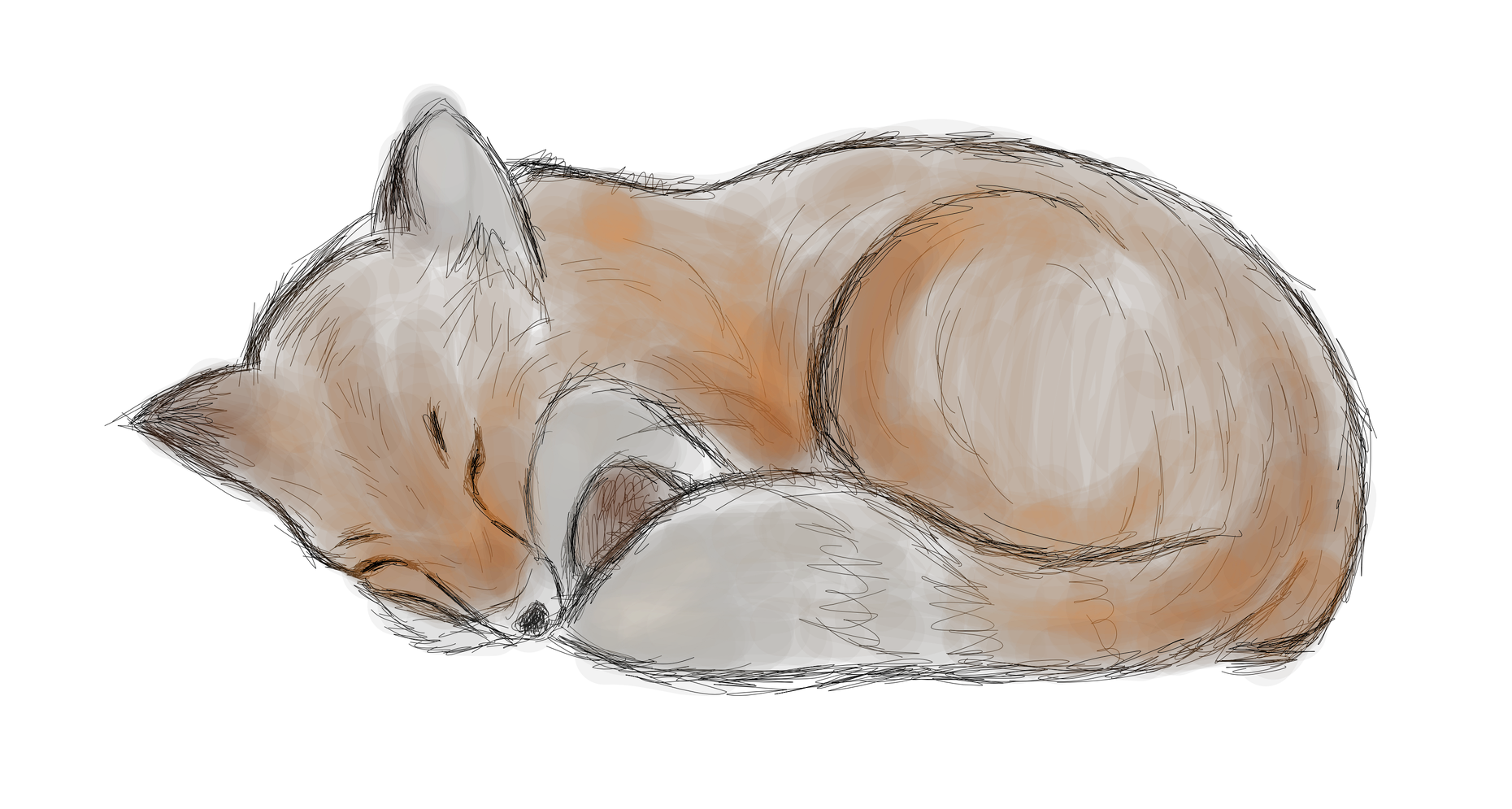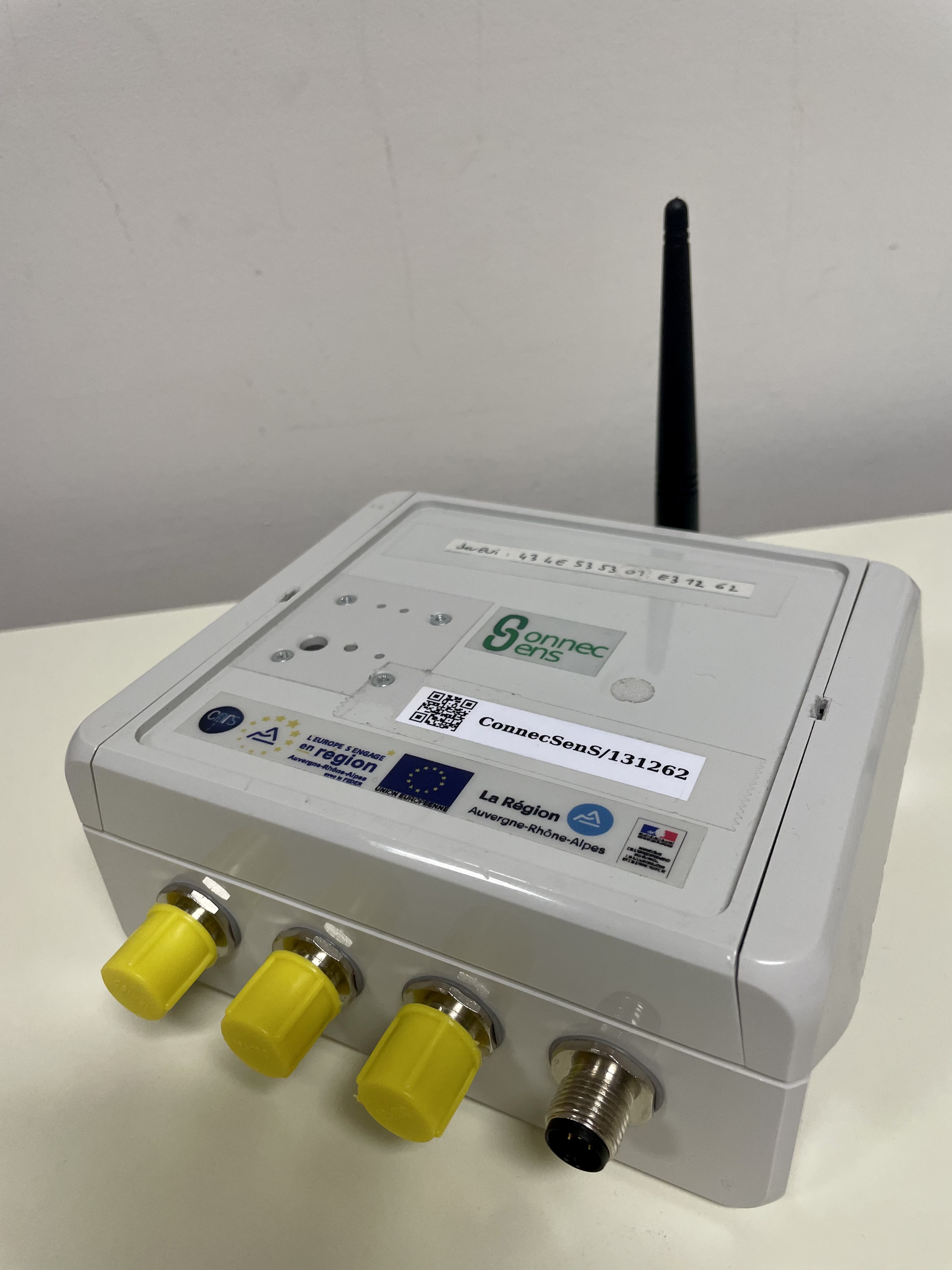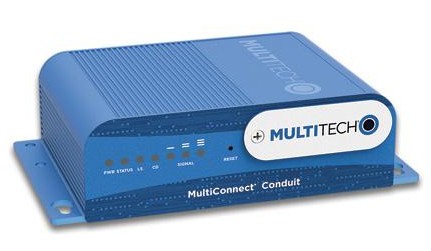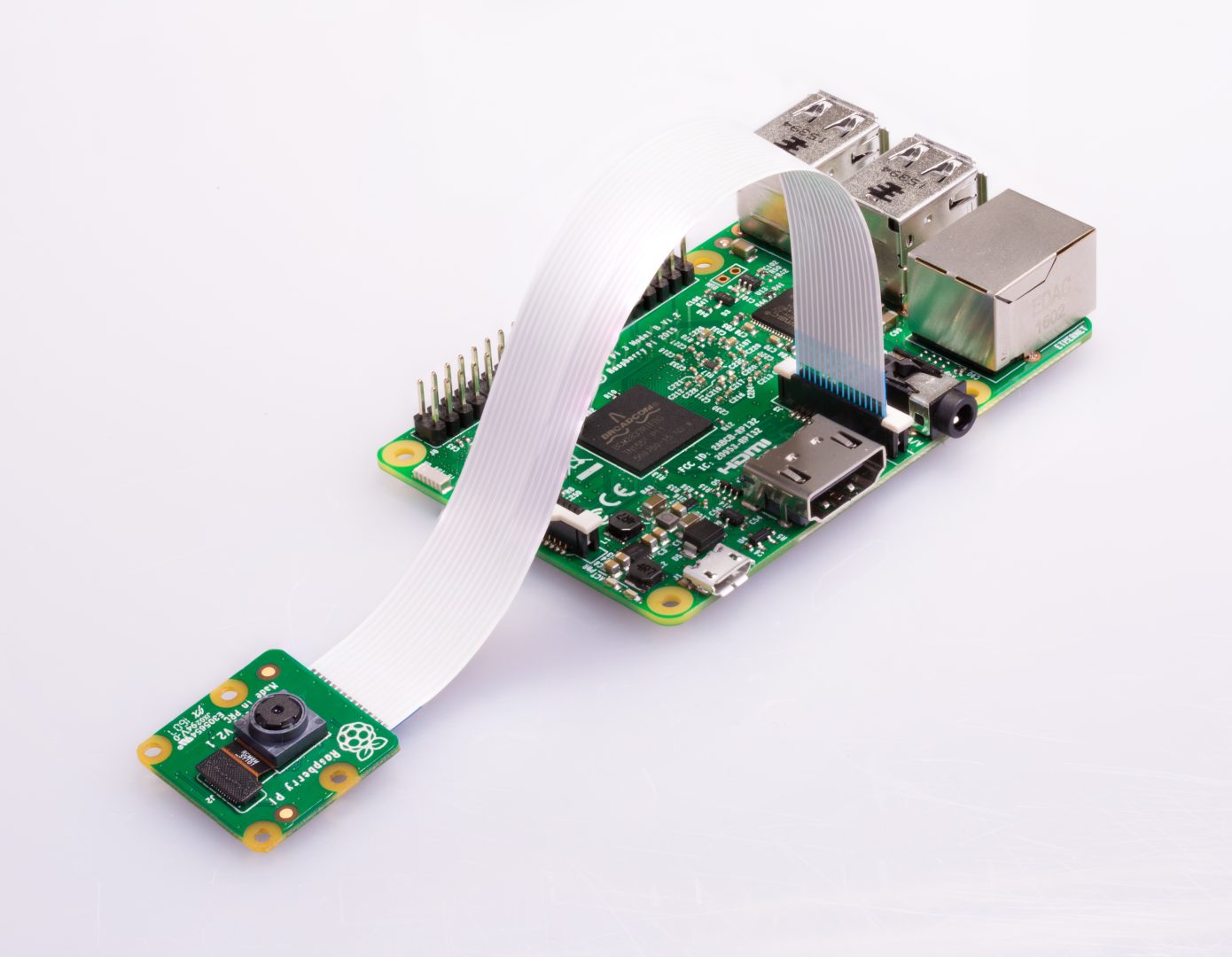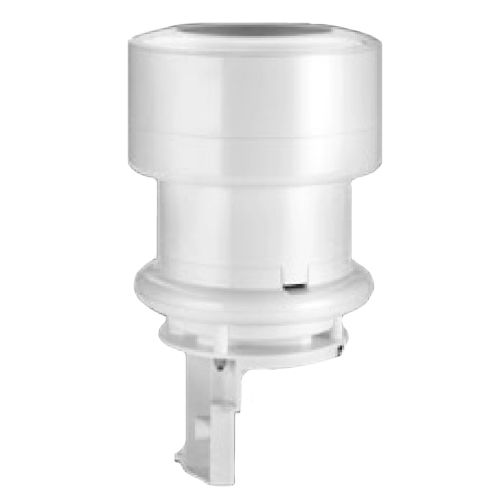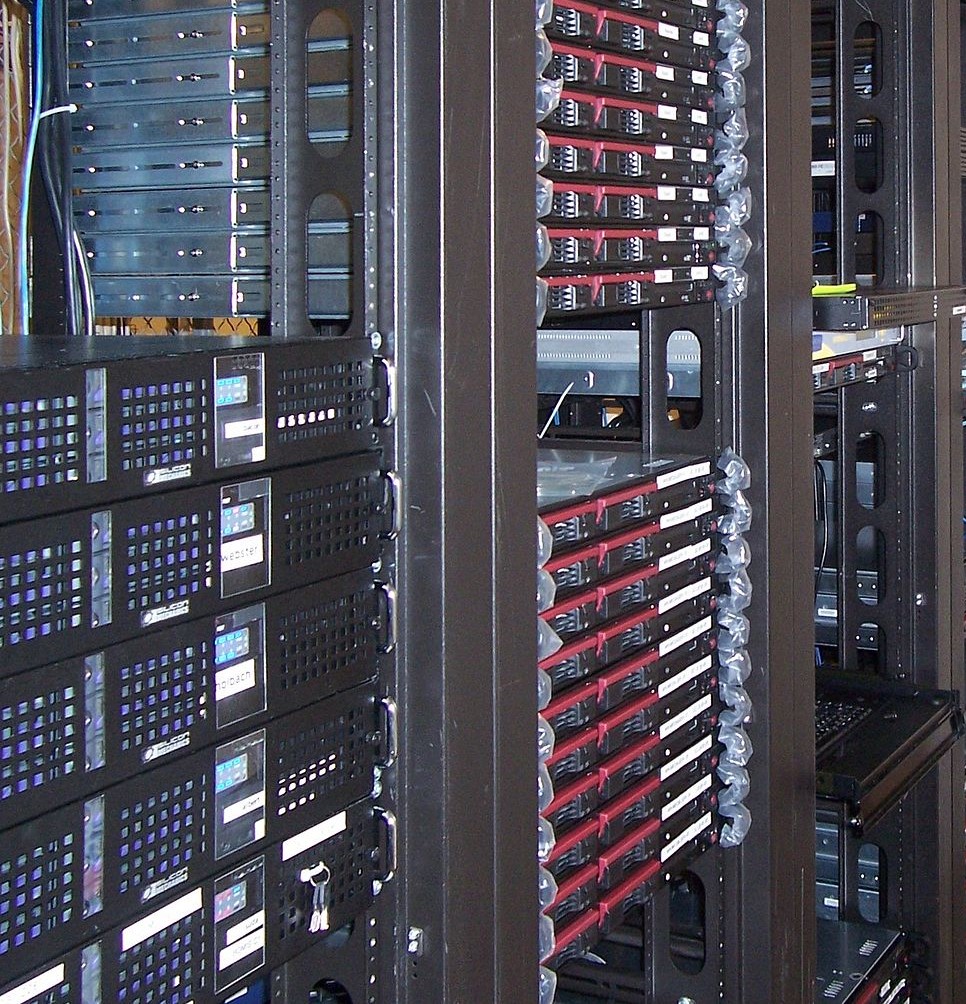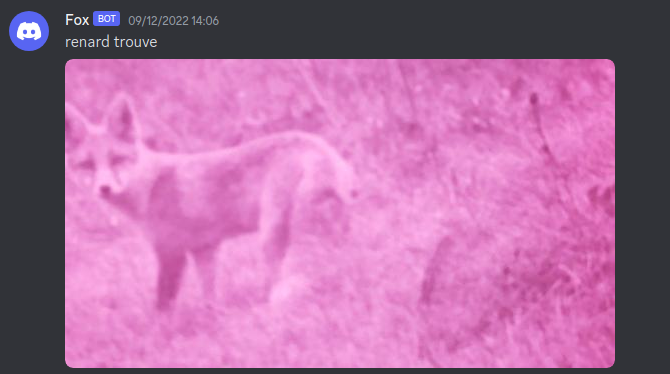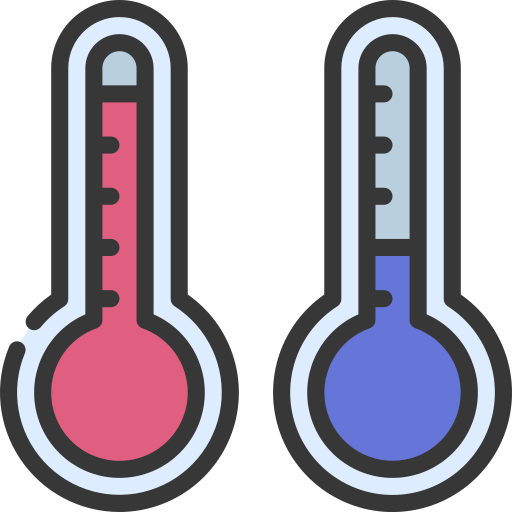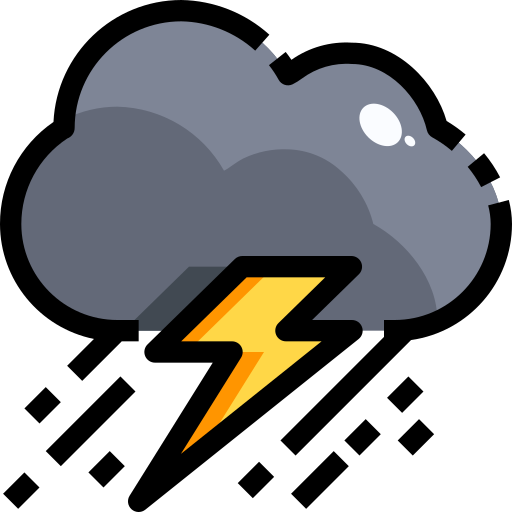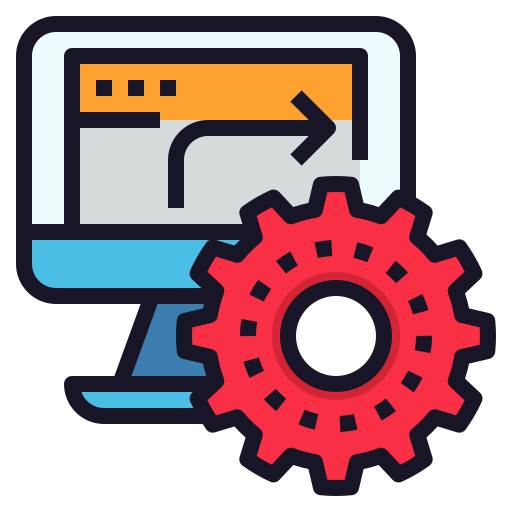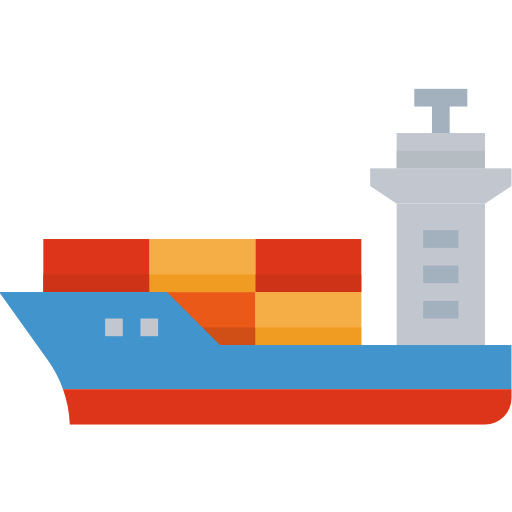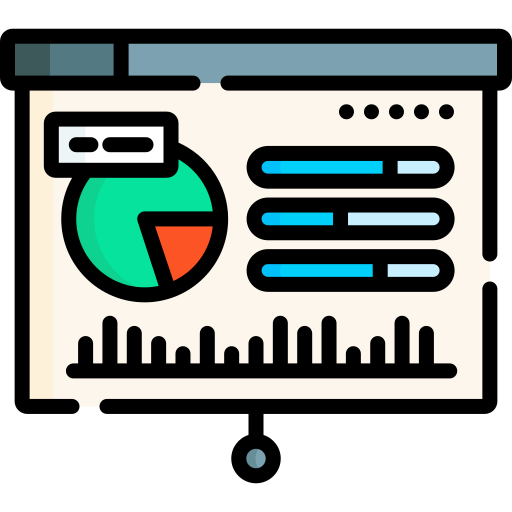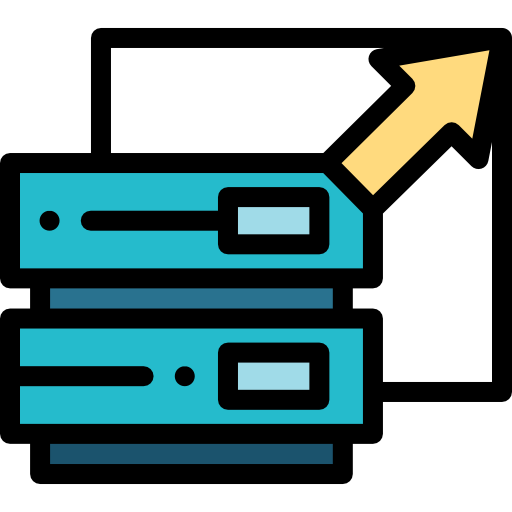Welcome to Mycelium 2.0
Rennes' new metro line B greatly facilitates travel for its citizens. In order to compensate for the environmental impacts of the construction of this line, the city of Rennes has committed to renaturalizing certain green spaces. The Mycelium 2.0 project focuses on the renaturation of the Green Cross, located on the Beaulieu campus, in front of the INSA.
To carry out an environmental monitoring of the Green Cross, the Mycelium 1.0 project deployed a monitoring system of a network of intelligent and low energy sensors on the site. The aim of Mycelium 2.0 is to improve the existing system and to extend it by taking into account the various existing constraints. A low consumption is necessary for the system to remain independent, ecological and long-lasting. Mycelium 2.0 uses a larger number of sensors as well as a device including a camera in order to reinforce the data collected on the Green Cross, in an automated way, by capturing extreme but also daily events.
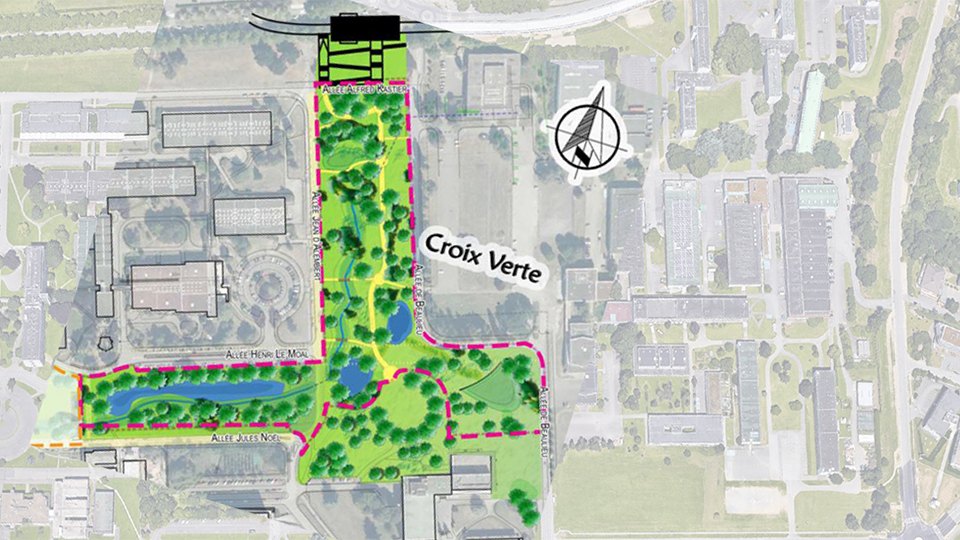
The Green Cross
Currently under renaturation, this green space offers a place for nature in the heart of the Beaulieu campus. The main objective of this area is to bring up groundwater to three surface water points. Thus, the study of these water points is essential.
